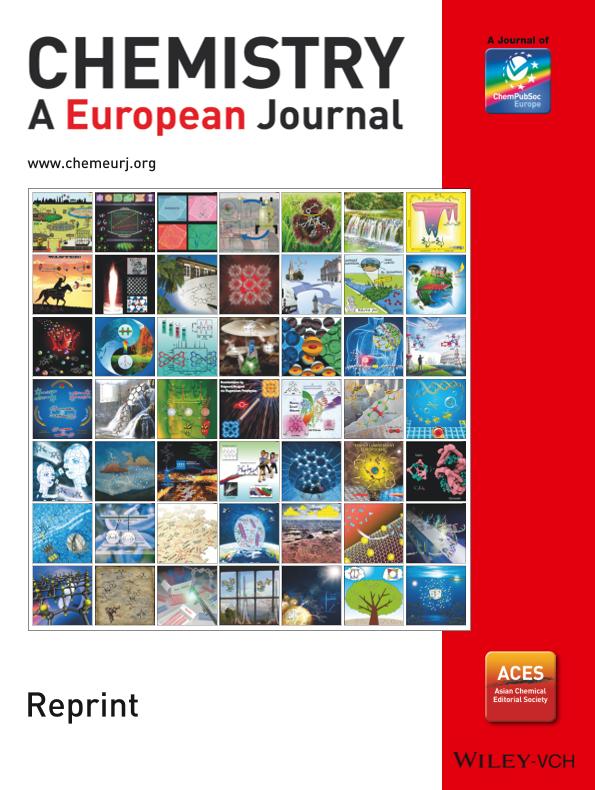Artículo
Difluoromethylation Reactions of Organic Compounds
Fecha de publicación:
10/2017
Editorial:
Wiley VCH Verlag
Revista:
Chemistry- A European Journal
ISSN:
0947-6539
Idioma:
Inglés
Tipo de recurso:
Artículo publicado
Clasificación temática:
Resumen
The relevance of the ‐CF2H moiety has attracted considerable attention from organic synthetic and medicinal chemistry communities, because this group can act as a more lipophilic isostere of the carbinol, thiol, hydroxamic acid, or amide groups. Being weakly acidic, the CF2H moiety can establish hydrogen‐bonding interactions to improve the binding selectivity of biologically active compounds. Therefore, the hydroxyl, amino, and thio substituents of lead structures are routinely replaced by a CF2H motif in drug discovery, with great benefits in the pharmacological activity of drugs and drug candidates and agrochemicals. Consequently, the late‐stage introduction of CF2H is a sought‐after strategy in designing bioactive compounds. Secondly, but nonetheless relevant and meaningful, is the study of synthetic pathways to introduce a CF2−Y moiety (Y≠H, F) into organic substrates because compounds that contain a CF2−Y functionality have also found vast applications in medicinal chemistry and in other areas, such as that of fungicides, insecticides, etc., and thus, this functionality deserves special attention. Although emphasis is made on difluoromethylation strategies to functionalize different families of organic compounds, three main methodological protocols will be presented in this review article for the late‐stage introduction of a CF2H or CF2Y moieties into organic substrates: i) a metal‐photoredox catalysis; ii) through transition metal‐catalyzed thermal protocols; and iii) from transition‐metal‐free strategies.
Palabras clave:
Difluoromethylation
,
Radical Fluorination
Archivos asociados
Licencia
Identificadores
Colecciones
Articulos(OCA HOUSSAY)
Articulos de OFICINA DE COORDINACION ADMINISTRATIVA HOUSSAY
Articulos de OFICINA DE COORDINACION ADMINISTRATIVA HOUSSAY
Citación
Yerien, Damián Emilio; Barata Vallejo, Sebastian; Postigo, Jose Alberto; Difluoromethylation Reactions of Organic Compounds; Wiley VCH Verlag; Chemistry- A European Journal; 23; 59; 10-2017; 14676-14701
Compartir
Altmétricas




